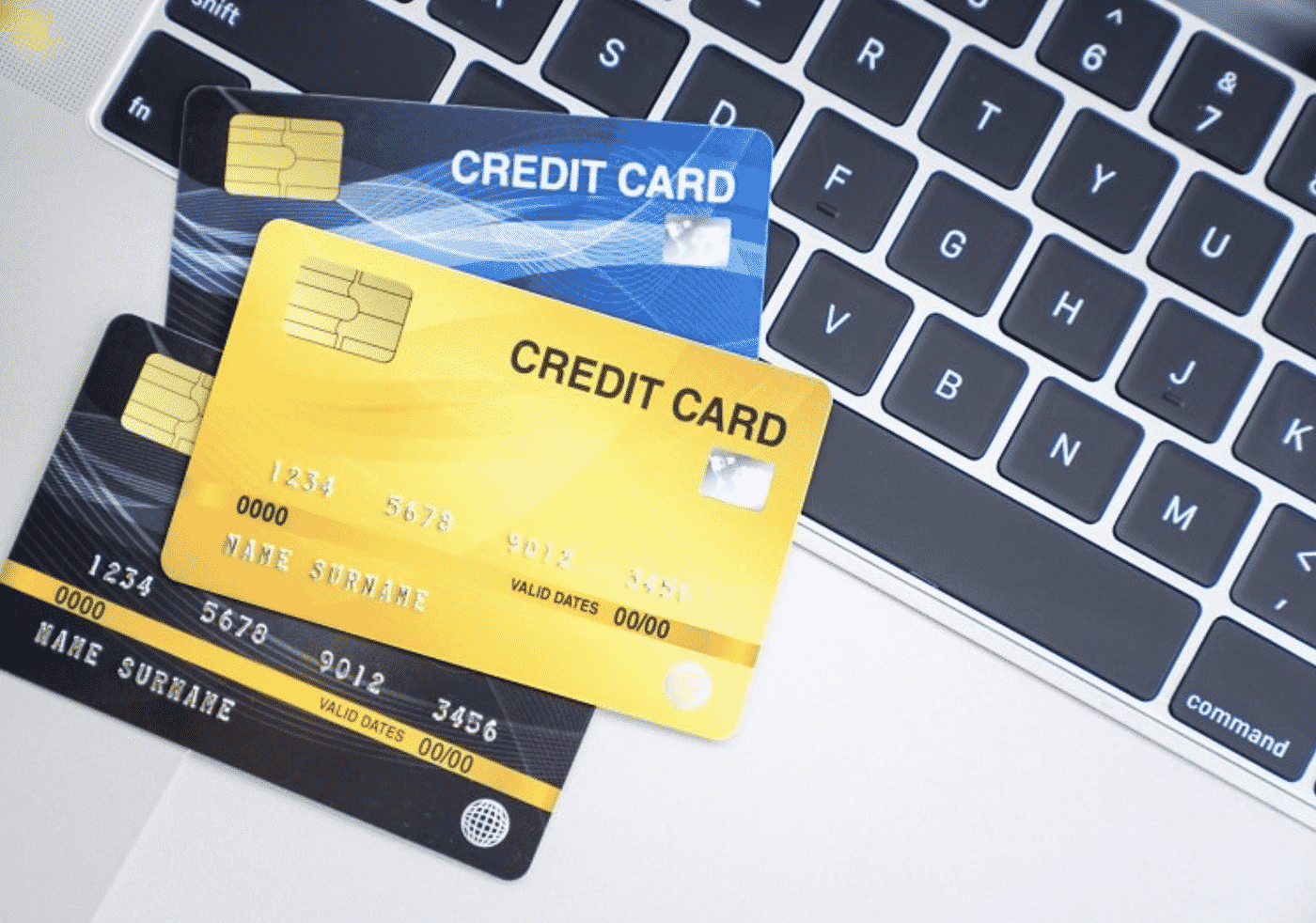If you are struggling to keep up with your credit card debt and realistically see no chance you keep up with payments, you may be wondering if debt relief is an option. While it might sound complicated, the truth about credit card debt relief is fairly simple.
Here are the details.
Credit Card Companies Want Their Money
As a matter of principle, your credit card company would like to collect on the entire debt you owe. Often, though, credit card issuers conclude that such an expectation is not likely to happen. When that happens, their mindset occasionally shifts from full debt collection to “get what we can.”
The concept behind collecting what is possible is credit card debt relief. This is when the credit card issuer is willing to settle for an amount of money you will repay that is not the total amount you owe.
When It Applies.
There are a few reasons (although this list is not exhaustive) why a credit card issuer might conclude credit card debt relief is a better option from their perspective:
- You owe so much that it is unlikely you will ever pay it all back,
- Contracting with a collection agency or attorney to go after you is not worth the amount you owe,
- You have stopped paying for so long it is unlikely you will start up again,
- The credit card issuer suspects you are a candidate for bankruptcy.
None of these scenarios are preferable from the issuer’s perspective or the individual in debt. For the former, it means full collection is highly unlikely. For the debtor, it means their credit rating will likely take several hits.
How Debt Relief Works
Essentially, the credit card issuer is willing to consider taking payment for a lesser amount and satisfying the debt in return for you paying off the settled-upon amount in full.
Typically, a debt relief settlement will cover 50 to 80 percent of the total amount owed.
Why Consider It
The obvious reason a debtor will consider credit card debt relief is that a one-time settlement payment, whether directly or through a debt relief organization, concludes the matter.
If the debtor goes through a third-party debt relief service, there might be monthly payments, but the overall debt burden will be both paid off and reduced.
A relief settlement means the debtor will pay off the debt quicker and will avoid years of interest payments.
Reasons Why Not
As great as a debt relief program might seem, there are a few situations where it is not the best choice:
- The debt is manageable with a little fiscal discipline,
- The debtor will experience a hit or several hits to their credit rating,
- There are legal and/or tax implications,
- High fees associated with settling the debt.
Each of these reasons should prompt the debtor to seriously consider their options as credit card debt relief is not the answer for everyone.
Go Alone or With Help?
Another major decision is whether to go with a credit card debt relief organization or to go it alone with the credit card company. This really comes down to personal preference regarding negotiating and how much a person can raise at one time.
If a debtor is not good at negotiating or is uncomfortable discussing a settlement, a debt relief program is a good alternative.
Additionally, if there is no way for the debtor to raise the money needed to make that one-time settlement payment, their only option might be to go with a debt relief company.
A reputable debt relief organization will tell the debtor this, but the truth about credit card debt relief is that it works best if it is a last resort, but it is a great way to end debt issues once and for all.



Comments are closed, but trackbacks and pingbacks are open.